- europages
- >
- Spices
- >
- VEHGRO B.V
- >
- products
VEHGRO B.V - Organic Wholesaler - Private Label Partner
Germany
Wholesaler

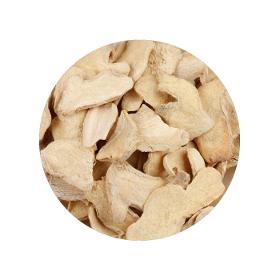
VEHGRO B.V
Germany
"The (sub)tropical world traveler Ginger is grown in almost every tropical or subtropical country. Ginger is a cultivated root. This means that it does not occur naturally in the wild. Yet ginger has been around for a very long time. It was first cultivated by the Austronesians in maritime Southeast Asia, around 3000 years before Christ. Thanks to a prehistoric migration by sea, the Austronesians extended their territories from Madagascar to Hawaii until 1500 BC. And during these migrations the ginger root came along. Around the first century BC, ginger first arrived in Europe via India. Nowadays the majority of the world's ginger production also takes place in India. Production process Ginger The plant is harvested when the leaves have died off in autumn. The rhizomes are dug up and dried in the shade. Younger roots are harvested to be used fresh or pickled. Older rhizomes are ground to obtain ginger powder. Ginger plants are propagated by tearing them. <…"
Request for a quote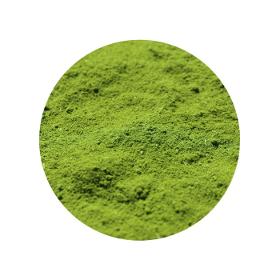
VEHGRO B.V
Germany
"Origin The Moringa tree, also known as the drumstick tree, comes from India, Nepal and Pakistan. Nowadays it is also cultivated outside these areas. It is found in tropical Africa, South America, Central America, the Caribbean and much of Southeast Asia. Moringa oleifera is best known as an important food source. It has been described as the 'natural food of the tropics'. The tree has many uses in traditional medicine in Asia and West Africa, and produces edible pods, which taste similar to asparagus. Processing The moringa leaves are harvested from organic trees in India. The leaves are sorted, then washed, drained and dried in the shade. The leaves are finally ground into a very fine powder. Taste and use This moringa powder from India has a bright green colour and a fresh taste. The taste is similar to the taste of spinach. Moringa powder is high in calcium and vitamins E and A. This powder is the use in stews, sauces and curries.<br /…"
Request for a quote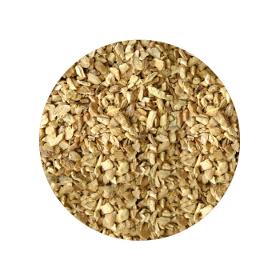
VEHGRO B.V
Germany
"Origin and history of ginger Ginger is a cultivated root. This means that it does not occur naturally in the wild. Yet ginger has been around for a very long time. It was first cultivated by the Austronesians in maritime Southeast Asia, around 3000 years before Christ. Thanks to a prehistoric migration by sea, the Austronesians extended their territories from Madagascar to Hawaii until 1500 BC. And during these migrations the ginger root came along. Around the first century BC, ginger first arrived in Europe via India. Nowadays most of the world ginger production takes place in India. Properties of Ginger Ginger is related to Turmeric, Cardamom and Galanga. Ginger is used as a herbal medicine and a versatile spice. It is used in teas, as a flavoring for vegetables, in candy and alcoholic beverages, but also processed in vinegar (such as pickles). h2>Healthy properties of Ginger Ginger is known for its anti-inflammatory effect and its positive effec…"
Request for a quote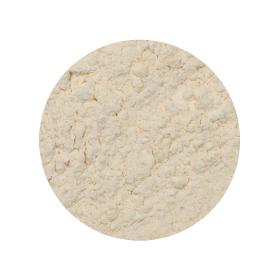
VEHGRO B.V
Germany
"A Little History of Rice Rice is the most important food for the people of Asia. It has been grown and cultivated for 13,000 years. China grows the most rice, but Thailand is the largest exporter of rice, followed by Vietnam. Rice is a cereal and there are roughly two types: Japonica rice (sticky and short) and Indica rice (dry and long). Of each type, rice types exist with different colours, white, brown, black and red. Only white rice differs from the rest, because white rice is a further processed version of one of the other colours. When producing white rice, not only is the outer husk removed, but also the fibre layer and the germ. In the production of all other colours of rice, the fibre layer and the germ are retained. These types of rice are therefore called brown rice. Rice flour from brown rice This rice flour is made from a brown rice. The outer husk is removed and then the grain including fiber and germ ground into flour. What nutrients does …"
Request for a quote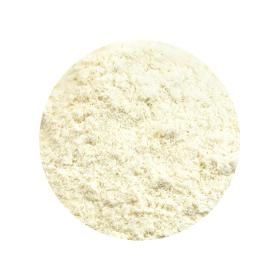
VEHGRO B.V
Germany
"What is pea protein powder? Peas, everyone knows peas: they are small, round and green. Most people like them and some people dislike them. The best known use of peas is in pea soup. But peas are also used as the basic raw material for the production of pea protein powder. A protein powder is full of protein. Athletes use protein powders to support their muscle building. Muscles need protein to develop and recover. And one of the most widely used plant protein sources is pea protein powder. How is Pea protein powder made? After harvesting, the peas are selected, cleaned and liquefied. The protein is extracted through a double separation process: the protein liquid is decanted and then purified. It is then dried, sieved, inspected and packed for shipment. Our organic pea protein powder has a protein content of at least 80% Healthy properties Pea protein powder Pea protein powder combines all the best of peas into a long lasting and easy to use …"
Request for a quote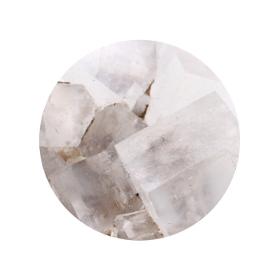
VEHGRO B.V
Germany
"History of Halite Salt Halite salt is an unrefined and pure mineral salt from the Himalayas and is traditionally mined by hand in Pakistan. The salt in the Himalayas is a remnant of an ancient sea. Over the centuries, the water of this ancient sea evaporated and left behind pure, uncontaminated salt. Halite consists of salt and many additional minerals and trace elements. The name of halite comes from the Greek word 'hals' which means seawater, salt. Salt was at the Romans a very valuable commodity and it was used as a flavoring, but also as a cosmetic. Production process Himalayan Halite salt Chunks This Himalayan halite salt chunks come from the Khewra Salt Mine, the largest of a total of 5 mines in the foothills of the Himalayan massif, the so-called Saltrange. The chunks are selected on site for their quality. Then the Himalayan salt is ground and immediately packed so that it is free of additives. It is the diamond among the salts and is crystal c…"
Request for a quote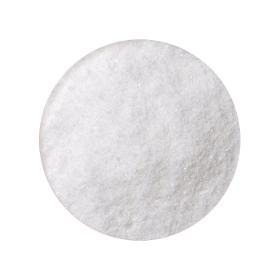
VEHGRO B.V
Germany
"Origin and extraction This pure natural table salt is produced on the coasts of the Mediterranean Sea. The saltworks are located in large natural parks or nature reserves, away from industry and large cities. The sea water is channelled through centuries-old canals to the salt marshes. The wind and sun gradually increase the salt concentration. The salt begins to crystallise and sinks to the bottom of the saltworks and is then harvested with special tools. After extraction, the salt is dried and sieved into different grain sizes. The Mediterranean sea salt is a purely natural product, free from chemicals and additives. Today, salt production still takes place according to ancient traditions in Mediterranean salt marshes. The extraction areas are refuges for animals and form an important habitat for many endangered bird and plant species. Here, the commercialisation of sea salt extraction contributes to the preservation of a unique coastal landscape. Tas…"
Request for a quote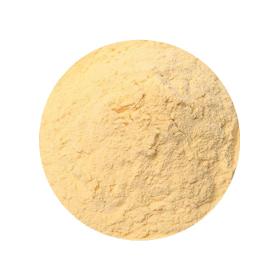
VEHGRO B.V
Germany
"Bananas Banana powder is made from vine-ripened Cavendish bananas, organically grown in Ecuador. There is usually an 18-month period between fertilisation and harvest, although the consistently warm climate, frequent rainfall and fertile soil allow bananas to grow all year round. The bananas are carefully picked by hand, after which they are dried without the use of heat. This ensures that the nutritional value is optimally retained. Banana powder is a superfood and the powder contains no added flavor, fragrance, colour or other additives. Banana powder vitamin bomb In bananas are naturally large amounts of vitamins C and B6, plus the mineral potassium and the substance carotene. Because of the large amount of nutrients, banana powder works well with vegans. In addition, the powder is rich in starch. Calcium, iodine, iron, copper, zinc and phosphorus are found in smaller amounts. Because of the large amounts of starch, banana is known to be high…"
Request for a quote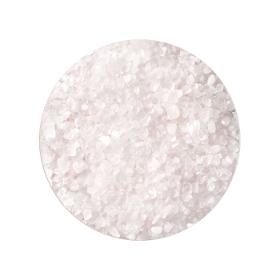
VEHGRO B.V
Germany
"Origin and extraction This pure natural table salt is produced on the coasts of the Mediterranean Sea. The saltworks are located in large natural parks or nature reserves, away from industry and large cities. The sea water is channelled through centuries-old canals to the salt marshes. The wind and sun gradually increase the salt concentration. The salt begins to crystallise and sinks to the bottom of the saltworks and is then harvested with special tools. After extraction, the salt is dried and sieved into different grain sizes. The Mediterranean sea salt is a purely natural product, free from chemicals and additives. Today, salt production still takes place according to ancient traditions in Mediterranean salt marshes. The extraction areas are refuges for animals and form an important habitat for many endangered bird and plant species. Here, the commercialisation of sea salt extraction contributes to the preservation of a unique coastal landscape. Tas…"
Request for a quote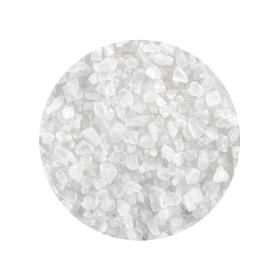
VEHGRO B.V
Germany
"Origin and extraction This pure natural table salt is produced on the coasts of the Mediterranean Sea. The saltworks are located in large natural parks or nature reserves, away from industry and large cities. The sea water is channelled through centuries-old canals to the salt marshes. The wind and sun gradually increase the salt concentration. The salt begins to crystallise and sinks to the bottom of the saltworks and is then harvested with special tools. After extraction, the salt is dried and sieved into different grain sizes. The Mediterranean sea salt is a purely natural product, free from chemicals and additives. Today, salt production still takes place according to ancient traditions in Mediterranean salt marshes. The extraction areas are refuges for animals and form an important habitat for many endangered bird and plant species. Here, the commercialisation of sea salt extraction contributes to the preservation of a unique coastal landscape. Tas…"
Request for a quote